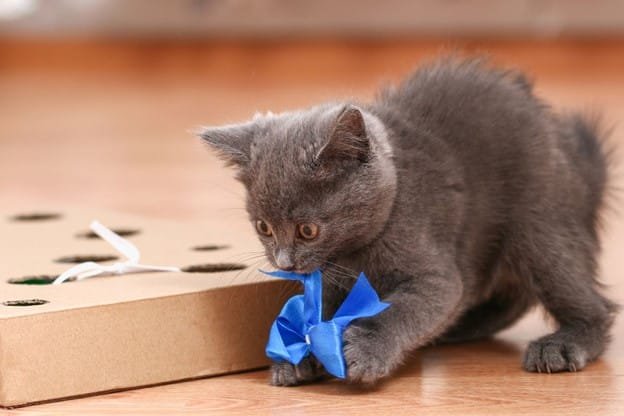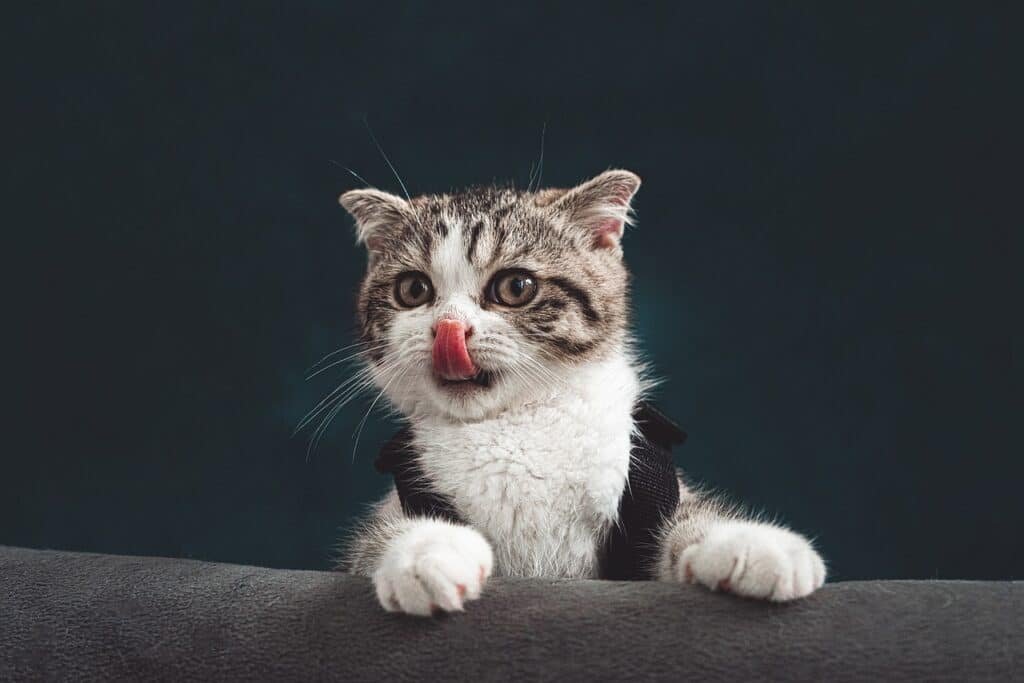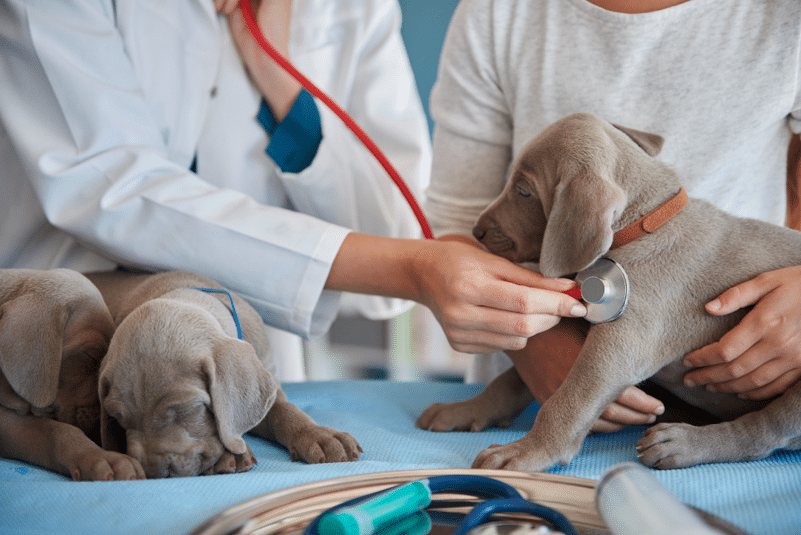How to Stop Dog Eating Soil: Best 8 Techniques
Discover 7 practical strategies how to stop dog eating soil. Learn helpful tips and techniques to ensure your pet’s health and well-being. Let’s explore. Top Tips How to Stop Your Dog from Eating Soil for Dog Owners Dogs do the strangest things and, at times, can be really unpredictable. For instance, have you ever seen your doggy eating soil? It can be one the most puzzling (and messy) behaviors they can show. While it might seem harmless at first, when done excessively, it can signal underlying health or behavioral issues. If your furry friend keeps munching on soil – from your pot, garden, or outdoors- keep reading for the reasons behind it and some helpful tips to help them break the habit. Let’s roll! Why Do Dogs Eat Soil? Why do dogs eat soil in the first place? Understanding why they do it before proceeding to tricks to stop them is essential. Here are the most common reasons: Image by Freepik How to Stop Dog Eating Soil So, now that you know the potential reasons behind your dog’s eating soil, let’s have a look at some practical strategies to help them abstain from this unhealthy habit. Here are eight tips and tricks: 1. Improve Their Diet If your pup keeps snacking on dirt, start by improving their nutrition. Ensure your dog gets a well-balanced diet of essential vitamins and minerals. High-quality dog food with the right nutrients can reduce cravings for soil. Don’t miss out on consulting a vet for specific dietary recommendations. 2. Keep Them Hydrated Dehydration can sometimes drive dogs to eat soil. Especially if the soil is wet or moist enough. Make sure your dog has constant access to clean, fresh water. If necessary, keep two water reservoirs – both indoors and outdoors to satisfy their thirst wherever they are each time. 3. Stimulate Them – Both Mentally and Physicaly To combat their boredom – which can occur if they are left alone for a long time or if they won’t engage with you for hours- try increasing their exercise, challenge them in various ways, and introduce puzzle toys. Bored dogs may resort to eating soil out of sheer restlessness. A good idea also is to play with them in an interactive game to keep their mind and bodies occupied. And make them happy as well. These techniques help to How to Stop Dog Eating Soil. 4. Address Anxiety and Stress If your dog eats soil due to anxiety, work on reducing stressors. For instance, consider crate training for security, calming treats, or even consulting a dog behaviorist for professional advice. The crucial move here is to identify what’s causing the stress in the first place. Addressing the root cause may lead your dog’s eating soil to vanish entirely without any other measure from you. Image by Freepik 5. Limit Access to Soil If it’s possible, keep your furry friend away from the temptation. That is one of the best techniques for How to Stop Dog Eating Soil. Supervise your dog while outdoors and redirect their behavior when they start digging or eating soil. You can also use barriers, fencing, or mulch to cover bare soil areas. Keep an eye on your dog and try to hinder the access to soil terrains. 6. Make The Soil Taste Bad Similar to limiting access to soil, you can alternatively make the soil taste bad. So, it won’t be tempting for your dog to eat it. You can sprinkle here and there some citrus peels or spray some bitter apple juice and see how it goes. This method, however, is more effective for a specific and controlled soil space. You can’t go out and spray or throw all over citrus peels. 7. Correct the Behavior Positively Dogs are like toddlers. If you scold them for an inappropriate action, it will backfire on you later. So, when you catch your dog in the act, try the mild way instead of using force or getting angry. Redirect their attention with a toy or treat and praise them when they choose a better activity. 8. Visit the Vet Finally, if none of the above strategies is successful in stopping your dog from eating soil, you can resort to the scientific method and visit a vet. If your dog’s soil-swallowing habit persists, it’s best to consult a veterinarian. They can rule out medical conditions like anemia, digestive disorders, or pica – or treat them accordingly if diagnosed. Image by Freepik FAQs 1. How Can I Stop My Dog from Eating Soil? The best method is to first identify the underlying cause behind such a behavior. Does your dog lack essential minerals? Is it thirsty? Is it anxious for some reason? Also, discovering what is bothering them is the first step towards eliminating your dog’s eating soil habit. 2. Is It Dangerous If My Dog Eats Soil? In small portions, no. But if done excessively, it signals that something is wrong with your pup and will eventually go wrong. So, try to find out what lies beneath first and then keep them away from soil grounds to minimize their exposure to tempting non-foods like soil. 3. Will My Dog Stop Eating Soil If I Scold Them? Maybe yes. But only temporarily. They will do it when you are not around. The best thing to do is to use the rewarding method instead of the scolding one. Try to focus their attention elsewhere when your dog is about to eat soil, and reward their obedience with a treat and a hug. Steady and slow wins the race. Final Thoughts If your dog’s eating soil, you don’t need to worry. At least not a lot, in the beginning. It’s a habit that may seem quirky, and it’s important to address it before it leads to health issues. In addition, letting in go on for long may result in the deterioration of the potential health or mental problems your dog may have and present themselves in the
How to Stop Dog Eating Soil: Best 8 Techniques Read More »











